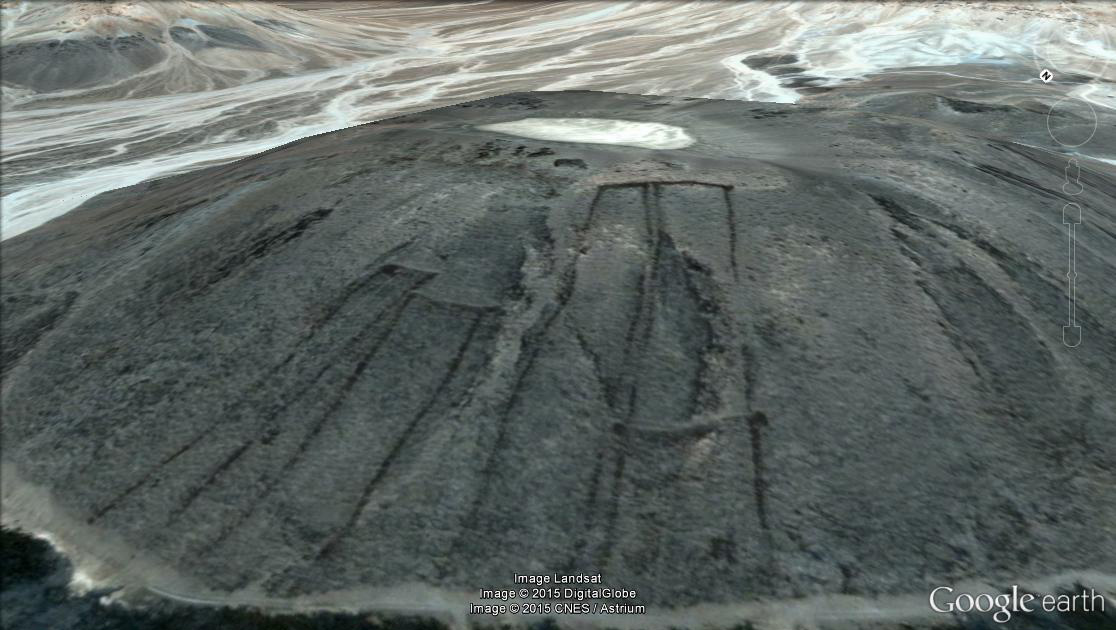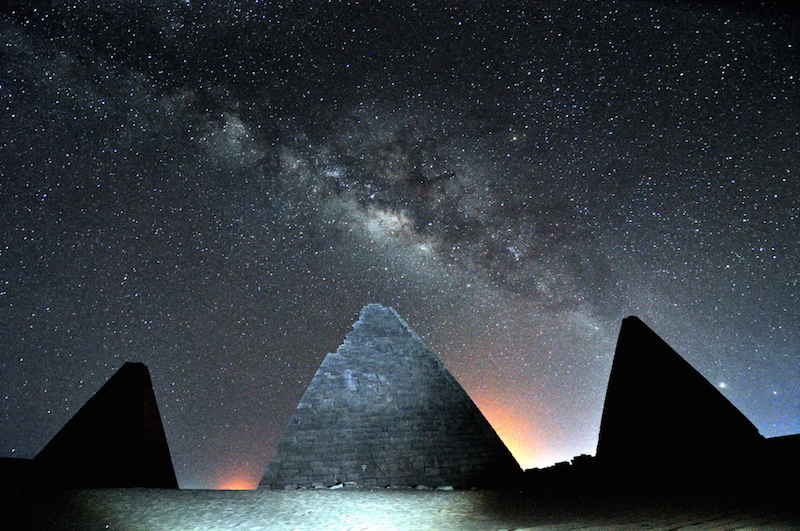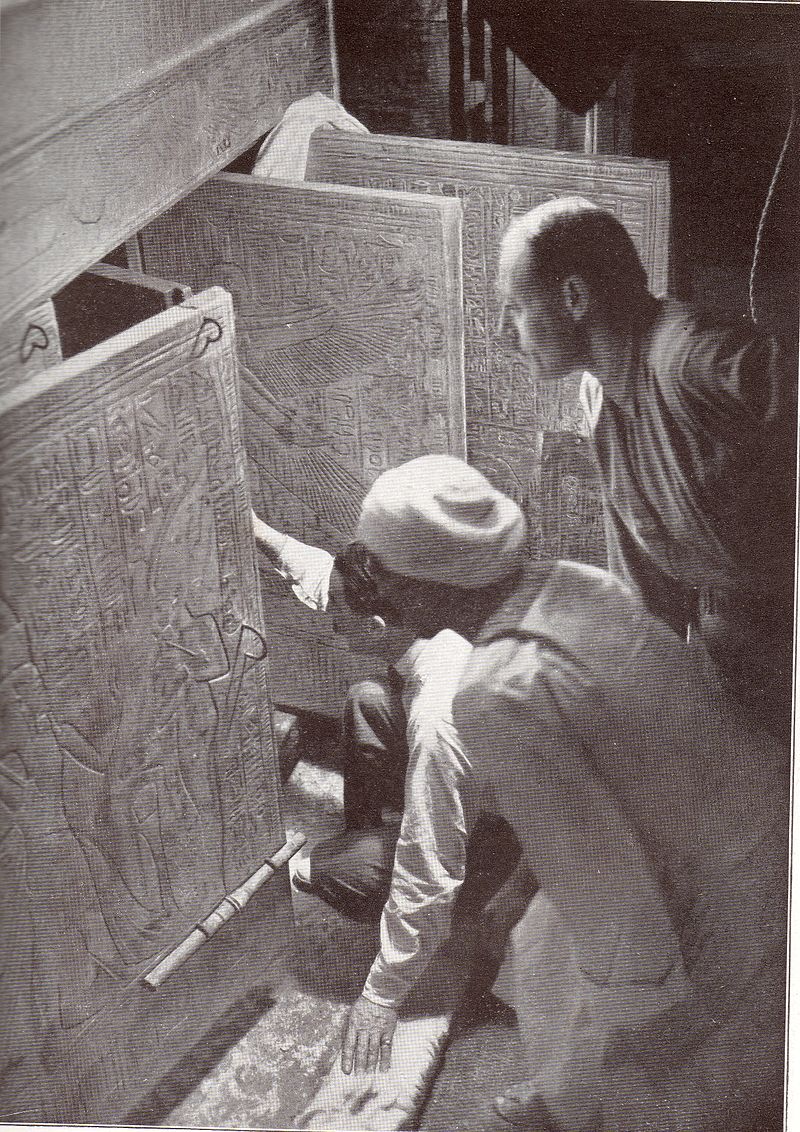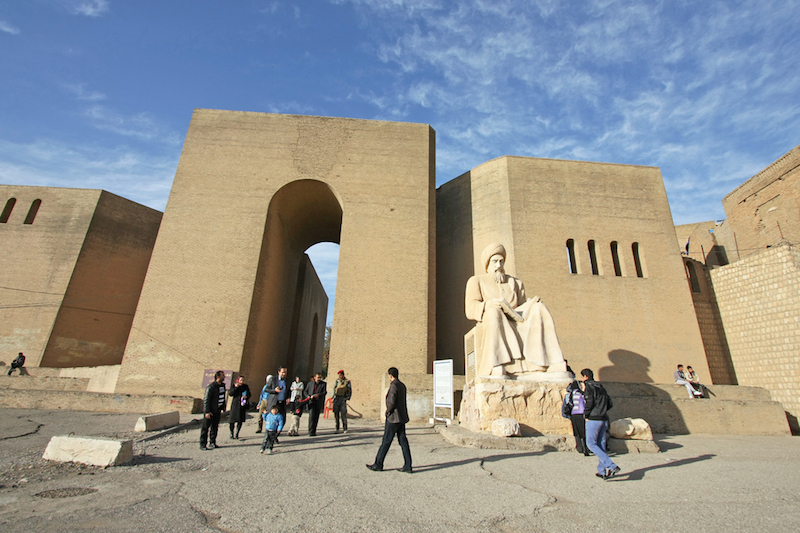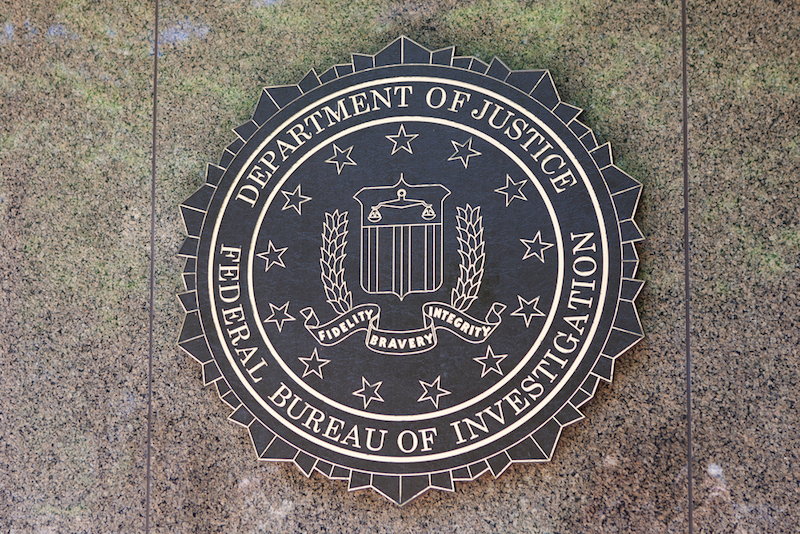Digging up the Past in 2016: What Archaeologists Expect to Find
Skeletons from ancient royalty, mysterious artifacts and even hints of biblical cities and manuscripts continue to intrigue the professional archaeologist and enthusiast alike.
Though archaeology digs into humans' past, Live Science has decided to look ahead at what historical mysteries and bones may be revealed in the year ahead. Here are six archaeology stories to watch for in 2016.
Works of the "old men"
In 2015, archaeologists made several discoveries that shed light on thousands of stone structures in the Middle East that form a series of geometric patterns. Pilots noticed these structures during World War 1 and the Bedouin (in the 1920s) referred to them as "the works of the old men." [See Photos of the 'Nazca Lines' in the Middle East]
In 2016, we can expect to hear more about these enigmatic structures. Scientists are working on a report about one type of these structures, called "gates," that they discovered in Saudi Arabia. The real purpose of these "gates" is unknown; hundreds of gates have been discovered in Saudi Arabia, including several found on the slope of a volcano.
Additionally, another forthcoming paper will reveal more about an enigmatic long wall in Jordan known as the "Khatt Shebib." The purpose, date and full extent of the wall (it runs for at least several kilometers) is a matter of debate, something the new research will offer information on.
Sudan archaeology boom
Get the world’s most fascinating discoveries delivered straight to your inbox.
In 2014, the government of Qatar announced that it will spend $135 million to help Sudan excavate and conserve its archaeological sites. The scale of the gift is unprecedented in archaeology and is allowing numerous excavation and conservation projects to take place.
For example, the funding has allowed archaeologists in the ancient town of Gematon, in Sudan, to undertake a multiyear project that is exploring the town, the cemetery, its pyramids and the local landscape.
In 2016, Live Science expects to hear more about discoveries and conservation projects that are being made possible by this funding.
Does King Tut's tomb hold a secret chamber?
In 2015, Egyptologist Nicholas Reeves published a daring theory. He claimed that there were two hidden doors in Tutankhamun's tomb; the doors, Reeves purported, led to the tomb of Nefertiti. His theory made headlines and the Egyptian antiquities ministry threw its full weight into the investigation, allowing scientists to look for these chambers using radar. [In Photos: The Life and Death of King Tut]
Those radar images are being analyzed, and recently ministry officials have said that they believe a hidden chamber (whether it holds Nefertiti or not) probably does exist.
A problem may soon arise — if radar work does suggest that King Tut's tomb holds a secret chamber, do scientists attempt to access it? The benefits of trying to access a possible hidden chamber have to be weighed against damaging the 3,300-year-old tomb.
Turn of the tide – archaeologists return to northern Iraq
One piece of good news — that went largely unreported in 2015 — is the changing situation in northern Iraq. In summer 2014, the military situation was grim. The terrorist Islamic State group (ISIS) had waged a lightning offensive, capturing Mosul, seizing a vast amount of weapons and money, and pushing to within miles of Erbil, the capital of Iraqi Kurdistan.
Over the past year Kurdish forces, backed by allied air strikes, have been pushing ISIS away from the region, back toward Mosul. This has led to some improvements in security in the north. Recently, a Cambridge University archaeology team returned to Shanidar cave (an important Neanderthal burial site) to continue their research. As the situation improves, more archaeologists and scientists may follow.
Depending on the military situation, archaeologists may be able to access some of the sites in northern Iraq that ISIS damaged or destroyed. If that happens, they may be able to salvage some artifacts and repair or restore parts of the damaged sites.
Crackdown on illegal antiquities
The sale of illegal antiquities from the Middle East is of growing concern to governments that are at war with ISIS and other terrorist groups in the region. In February the United Nations unanimously passed resolution 2199 that obligated members to prevent the sale of antiquities that were removed illegally from Syria or Iraq.
According to the U.S. State Department, the sale of antiquities has provided ISIS with millions of dollars in funding — money that allows them to buy weapons and ammunition.
The FBI has issued alerts to collectors to watch for new antiquities from Syria or Iraq that are entering the market. "We now have credible reports that U.S. persons have been offered cultural property that appears to have been removed from Syria and Iraq recently," said Bonnie Magness-Gardiner, manager of the FBI’s Art Theft Program in a news release in August.
In October it was announced that the Green Collection— a private collection of rare artifacts, including biblical texts, owned by Steve Green who owns the Hobby Lobby chain of stores — has come under FBI investigation over concerns that some of its 40,000 antiquities have been looted.
Green is a major backer of the Museum of the Bible, which is set to open in Washington, D.C., in 2017. According to a statement sent to Live Science by museum officials, "Hobby Lobby is cooperating with the investigation related to certain biblical artifacts. The Museum of the Bible is a separate not-for-profit entity made possible by the generous charitable contributions of the Green family and others."
Gospel of Jesus' Wife
In September 2012, Harvard Professor Karen King reported the discovery of a papyrus with text that suggests Jesus had a wife. Written in Coptic (an Egyptian language that uses the Greek alphabet), the papyrus contains a translated line that reads, "Jesus said to them, 'My wife …'" and also refers to a "Mary," possibly Mary Magdalene. [6 Archaeological Forgeries That Tried to Change History]
King was careful to state that the papyrus doesn't reveal whether Jesus was married. Instead, it indicates whether some people in the ancient world believed he was married. The papyrus has received a huge amount of media attention.
Scientific testing published in 2014 in the journal Harvard Theological Review suggests that the text is authentic and dates back 1,200 years — long after Jesus lived. King thinks the papyrus is likely a copy of an earlier text. Since then a series of studies have come out arguing that the gospel is, in fact, a modern-day forgery.
In the past year new documents have been discovered that illuminate the provenance of the papyrus. The documents detail the life of Hans-Ulrich Laukamp, the alleged former owner of the papyrus.
Over the past two months new documents that provide new details on the provenance of the Gospel of Jesus’s Wife have been found. Also a new series of ink tests, conducted by scientists at Columbia University, will be published in 2016.
The documents found in the past two months, and ink tests that are due to be published in 2016, may allow scientists to determine when the Gospel of Jesus’s Wife was written, whether it is authentic and (if it is a forgery) who did it and how.
Follow Live Science @livescience, Facebook & Google+. Original article on Live Science.

Owen Jarus is a regular contributor to Live Science who writes about archaeology and humans' past. He has also written for The Independent (UK), The Canadian Press (CP) and The Associated Press (AP), among others. Owen has a bachelor of arts degree from the University of Toronto and a journalism degree from Ryerson University.


